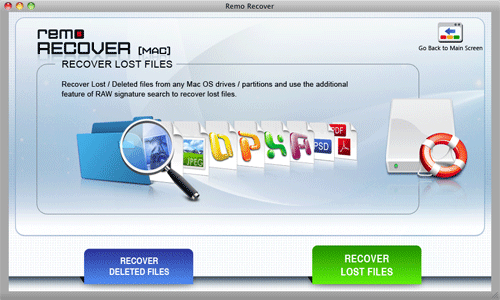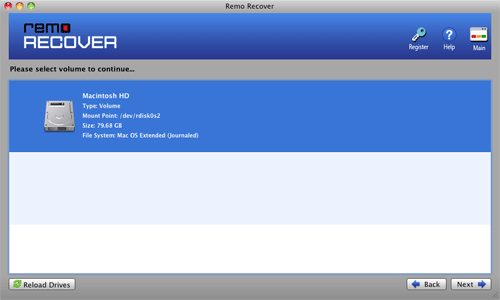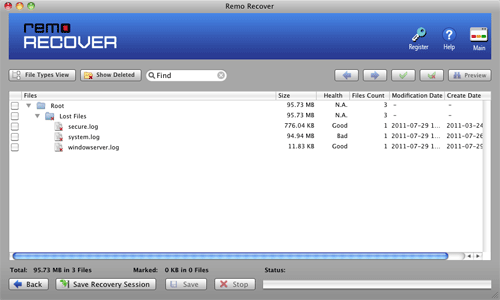How Can I Retrieve Deleted Excel File on Mac??
A document is defined as an object in the computer that stores data, information, commands which are used in the computer programs. These documents consist of different types of files such as Word, Excel, PST Outlook files, Win RAR Archive, Win Zip Archive, etc. On that excel is one of the widely used application by the organization and users. Corruption of files refers to the errors which occurred during writing, reading, transmission of data, or processing which makes an unintended change to the original data. Generally if the data gets corrupted then it might become inaccessible which results in data loss and the related application in which it is stored will display the error message.
In order to elaborate file corruption let us consider a scenario where in you have downloaded one of the excel file from the internet and copied to the Mac system drive. Your system will be affected by some of the harmful viruses. When you try to open those excel files it may display the error message as such it is unable to open that file. This is because those excel files which you have been downloaded from the internet got affected by the viruses present in your system and makes it inaccessible. Usage of unsecure device may corrupt your excel files present in your system resulting in data loss.
Scenarios for data loss due to excel file corruption:
Because of these reasons your files may be corrupted resulting in data loss. There may be several other issues by which may lose some of your important data. However, you can recover deleted excel file on Mac by using the Recover Deleted Document tool. This utility has the ability to recover deleted excel files on Mac on all the versions such as Lion, Leopard, Mavericks, etc.
Few of the remarkable features of Document Recovery Utility:
This tool has ability to recover excel files on various types of hard drives such as PATA, SATA, ATA, IDE and SCSI. Documents lost from partitions having different file systems such as FAT and NTFS can be restored back easily. This tool can retrieve different types of document files such as Word, PowerPoint etc. This tool restores data from files lost due to the causes such as power surge, file corruption, software crash, virus attack etc. By using this utility software you can recover all your documents which have been corrupted by various reasons. Click here to restore deleted documents from flash drive. Using this smart utility you can easily tackle various data loss situations such as accidental deleting, formatting, improper device usage, virus attack, software crash etc and recover deleted documents from Mac machine.
Simple steps to retrieve deleted excel files on Mac computer:
Step 1: Download and install the Document Recovery Software on your Mac computer. Run the software and select "Recover Files" from the main page. Then select "Recover Deleted Files" or "Recover Lost Files" from the next screen.

Figure 1: Select Recover Lost Files
Step 2: Select the drive of the Mac computer to scan for the documents and click on "Next".

Figure 2: Select Volume
Step 3: After scanning, the files will be listed on the screen of the software. You can preview those excel files and save on the drive of the computer.

Figure 3: Recovered Documents